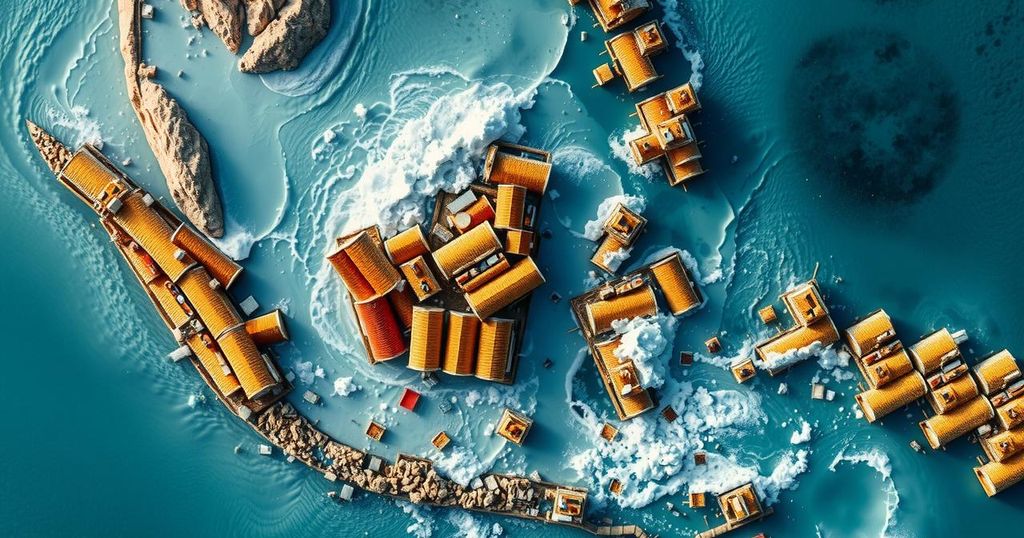Historical Earthquakes and Tsunamis: A Retrospective of Human Resilience and Tragedy

The article reviews major earthquakes and tsunamis that occurred in 1908 (Italy), 2004 (Indonesia), and 2011 (Japan), highlighting their devastating effects, loss of life, and the global response to these disasters. The recurrent theme of vulnerability for coastal communities during such incidents, especially around the holiday season, is also examined.
On December 28, 1908, a devastating earthquake followed by a tsunami struck Italy, predominantly affecting the cities of Messina and Reggio Calabria. This catastrophic event, registering a magnitude of 7.1 on the Richter scale in the Strait of Messina, resulted in the loss of at least 70,000 lives and remains the deadliest earthquake in European history. Global news coverage, including reports from the Deseret News, highlighted the tragedy while the devastation during the holiday season amplified the sorrow felt by the affected communities.
Two decades later, on December 26, 2004, an even larger calamity unfolded in the Indian Ocean. A 9.1-magnitude earthquake unleashed a tsunami with waves reaching heights of 100 feet, resulting in the tragic death of approximately 230,000 individuals across various nations.
Furthermore, on March 11, 2011, the east coast of Japan was ravaged by another formidable tsunami, which traveled at speeds nearing 500 miles per hour and produced waves of 10 meters tall. This disaster took the lives of over 18,000 people, marking another significant moment in the history of natural disasters.
These three catastrophic incidents underscore the relentless challenges coastal communities face from earthquakes and subsequent tsunamis, particularly during vulnerable times such as the holiday season. The Deseret News has published several articles documenting the global response and the resilience of those affected in the wake of these monumental disasters.
The history of seismic activity and the resultant tsunamis illustrates the profound impact of natural disasters on human societies. The catastrophic events in Messina, Indonesia, and Japan all highlight a recurring theme of vulnerability faced by coastal regions situated along tectonic plate boundaries. Historical accounts and report archives provide insights into the responses to these disasters, the loss of life, and the long-term implications for the communities involved. These events have prompted advances in tsunami warning systems and emergency preparedness, revealing both progress and limitations in responding to such unprecedented calamities.
In conclusion, the devastating earthquakes and tsunamis of the past century have profoundly impacted various regions, resulting in extensive loss of life and widespread destruction. As evidenced by progressive warning systems and community resilience efforts, ongoing education and preparedness remain vital in mitigating the effects of future seismic events. Furthermore, these historical tragedies serve as reminders of the collective human spirit and solidarity during moments of crisis.
Original Source: www.deseret.com







